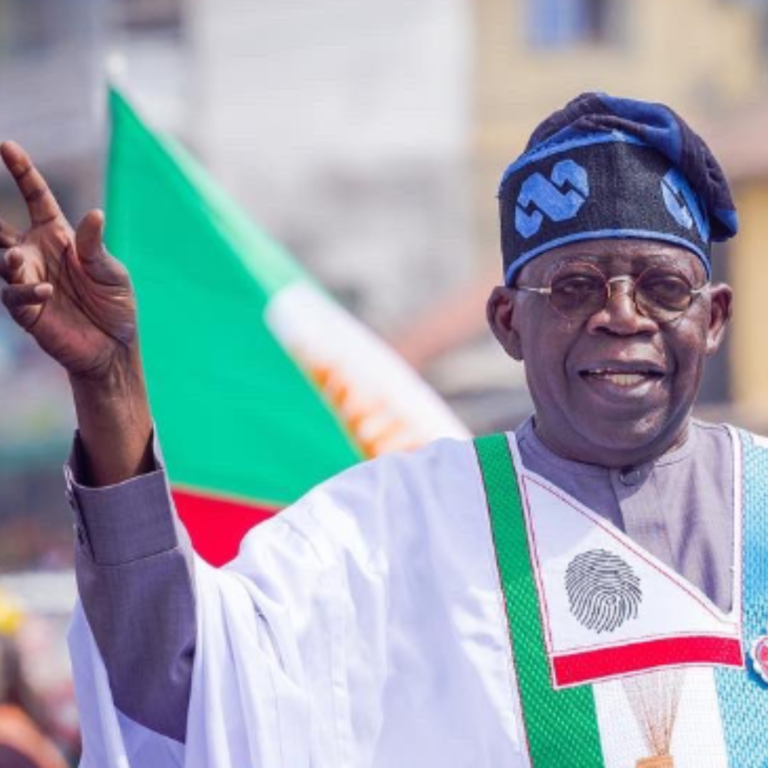Nigeria’s national symbols include the national flag, the national anthem, the coat of arms and the national pledge. In this article, we’ll be looking at the history of the Nigerian flag, the symbolism behind it, and some facts you should know.
What’s the history behind the Nigerian flag?
It’s relatively popular that the Nigerian flag was designed by Micheal Taiwo Akinkunmi in 1959 when he was a 23-year-old student.
However, prior to this, between 1914 and 1959, when Nigeria was a British colony, the flag of Nigeria was British blue with a green six-pointed star referred to as the Seal of Solomon. At the centre of this seal was a white Tudor Crown and the name “Nigeria”; the crown was later modified in 1953 to a St. Edward’s Crown, used for coronation ceremonies by the British.
In 1958, Nigeria started working towards becoming part of the big boys. We were ready to be an independent country, which led to the creation of a national planning committee. The national planning committee held a competition to select the national flag, with the winner chosen by popular vote.
There were about 3000 submissions, but in the end, Taiwo Akinkunmi’s design ultimately won. But did you know that the committee altered Taiwo’s original flag design? His original concept for the flag included a red burning sun in the middle of the white vertical stripe, with two green bands on both sides.
The sun symbolised divine protection and guidance, the green represents our natural wealth, and the white signifies peace.
However, due to Nigeria’s diversity, the committee decided it’d be better to have a relatively simple flag design. And on October 1, 1960, our new National flag was officially adopted and flown publicly for the first time.
Nonetheless, this isn’t all there is to the Nigerian flag. Here are some interesting facts that you should also know:
No flag can be placed higher than the Nigerian flag
This is significant sign of respect to the nation. When the national flag is in a room or hung anywhere, no other flag, symbol or emblem should be placed higher than it. Also, according to the Flags and Coat of Arms Act, an old or worn-out flag must never be displayed as it’s considered a sign of dishonour.
The National flag doesn’t sleep
The flag is expected to be erected and flown ceremoniously by dawn at 6:00 a.m. and lowered slowly at dusk by 6:00 p.m. If you’ve gone through the National Youth Service Corps (NYSC) programme, you’ll remember that this happened regularly at the orientation camps.
Half-mast
The flag is usually flown at half-mast as a sign of respect and grieving during state funerals or memorials.
We have a presidential flag
As the name suggests, the presidential flag is reserved for the president only, and it bears the coat of arms in the centre of the white stripe.
The national flag on vehicles
You are not allowed to display the flag on your vehicle; this is reserved for notable dignitaries only, i.e., the president, vice-president, senate president, speaker of the house of representatives, state and deputy governors, the chief justice of the federation, and others permitted by protocol. The flag must be placed on the right fender of a vehicle or on the radiator cap.
Additionally, you should also know that some actions are considered offences against the national flag. These include:
- Defacing or destroying the flag
- Flying the flag without a licence from the Ministry for Interior Affairs
- Flying the national flag on the same pole as another flag
- Flying the national flag on the same level as any other state flag
- Flying the flag for business purposes rather than patriotism.
However, offences relating to the national flag attract a fine of only ₦150 with no option of imprisonment.




